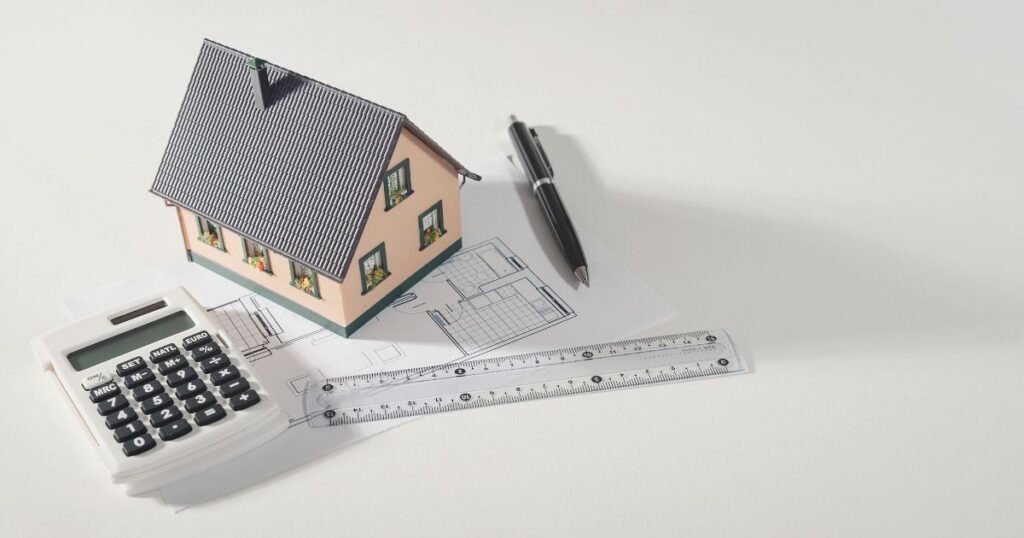As you prepare for retirement, downsizing your home for retirement can be a smart financial and lifestyle strategy. With kids growing up and less daily needs, excess space becomes a burden rather than a benefit. The equity freed up from downsizing allows for pursuing retirement dreams instead.
But transitioning real estate also poses challenges. Where do you start? How much do you downsize by? What’s the best way to declutter decades of belongings? This guide covers key downsizing considerations to ensure the shift goes smoothly so you can enter retirement unencumbered.
Analyze Your Current and Future Needs
The first step involves honestly evaluating how well your current home aligns with your needs in retirement:
- Do you have unused bedrooms or spaces since the kids moved out?
- Does your property require substantial upkeep that may become difficult later?
- Are amenities like a backyard, garage, and storage excessive for your lifestyle?
- Could you envision being content in a smaller or different style home?
Also, consider your future outlook and how long you may live in your next home. Requirements evolve over decades of retirement. While right-sizing, build in some room to accommodate potential changes in health, family, or interests down the road.
Crunch the Numbers Around Home Equity

The financial case for downsizing often ties to unlocking home equity – the appraised current value minus what you still owe on your mortgage. Selling allows accessing that equity, tax-free, to fund retirement goals.
To determine if downsizing makes sense:
- Research current values for your home and those in your desired area using online estimation tools.
- Calculate your remaining mortgage balance and any selling costs like commissions and fees.
- Subtract those amounts from your estimated home value to find potential equity available.
- Weigh that sum against the equity you may access from cheaper downsized homes based on their market price differences.
The numbers will reveal whether downsizing frees up substantial capital for your retirement. If equity gain is minimal, staying put may be the smarter call.
Identify Your Ideal Next Home Criteria
Once convinced downsizing fits your situation, next outline your ideal next home features to guide the search:
- Smaller square footage – what is comfortable minimum space?
- Number of bedrooms and bathrooms needed.
- Must-have amenities like a garage, yard, basement, etc.
- Preferred style – single story, condo, townhome?
- Location priorities like neighborhoods, proximity to family, etc.
Also, factor big picture preferences:
- Lower cost of living area.
- Accessibility as you age.
- Closer to family members.
- Near leisure activities and learning opportunities.
- Warmer or cooler climate.
Figuring out these practical requirements and wishes helps target the right downsized home possibilities.
Use professionals or DIY Your Home Sale?

A key early choice involves whether to use real estate professionals or attempt to sell your home yourself. Potential benefits of professional assistance include:
- Expertise in local markets to strategically price and time the sale.
- Ability to list on the MLS to maximize visibility.
- Handling all advertising, showings, open houses, and buyer interactions.
- Guiding negotiations, contracts, and legal compliance.
- Easing stresses from having an experienced point person.
However, listing with an agent means paying commissions around 5-6% of the sale price. For-sale-by-owner comes with heavy lifting but may make sense for savings. Consider capabilities, needs, and costs in deciding what suits your situation.
Get Your Current House Ready to List
To maximize sale value, invest sweat equity prepping your property inside and out:
Curb appeal:
- Wash exterior and windows.
- Clean up landscaping and trim bushes.
- Add color with flowers and plants.
- Repair cracks in driveway and walkways.
- Paint the front door or touches like shutters.
Interior updates:
- Paint or update wall colors, especially in bathrooms and kitchens.
- Replace old carpets if possible. Steam clean others.
- Repair cracks, smudges, leaks, etc. throughout.
- Increase lighting wherever dim.
- Remove years of clutter to create spaciousness.
Small touch-ups go far in attracting buyers and adding dollars. But focus updates on cost-effective enhancements rather than major overhauls.
Stage Your Home to Improve Salability

Home staging makes spaces feel welcoming and buyer-friendly:
- Rent a storage unit to remove excess furniture and clear each room.
- Clean everything meticulously – floors, walls, windows, fixtures.
- Increase brightness with lamps, mirrors, and natural light.
- Add neutral décors like vases, plants, and accent pillows for pops of color.
- Set an inviting table.
- Display only a few personalized photos.
- Remove clutter from counters, closets, and cabinets.
Depersonalizing the space allows buyers to envision their life there more readily.
Consider an Appraisal Before Listing
Having an appraiser assess your home before listing provides useful intelligence:
- It verifies your estimated home value, which determines the list price.
- If much lower than expected, you can re-evaluate downsizing costs vs. benefits before proceeding.
- The appraisal may reveal necessary repairs or renovations to increase bankability.
- Alternatively, a high appraisal confirms major upgrades aren’t essential.
- You have documentation to show buyers if negotiations arise.
While costing a few hundred dollars, appraisals bring objectivity to setting asking prices and strategy.
Set the Optimal Listing Price
If opting to list with an agent, lean on their expertise for pricing your home competitively based on location, trends, demand, and your preparation level. If selling yourself, research comparable sold homes for realistic pricing insights. Err too high and your home sits. Too low leaves money on the table.
Some pricing tips:
- Identify the home’s best selling points to justify the price. Curb appeal? Updated kitchen? Dream location? Pool? Leverage unique assets.
- Weigh recent neighborhood sold prices, especially for homes with comparable beds/baths/square footage.
- List mid-range between your appraisal and sold home prices. You can still negotiate downward if needed.
- Consider listing slightly below market value to spark bidding over the asking price. This creates leverage.
Getting the list price right keeps your transaction smoothly on track.

Prepare for Life in Transition
The sale process itself may take months or more. Prepare by:
- Researching movers, storage options, and real estate attorneys early. Get quotes.
- Clearing away seldom-used items from cabinets, closets, basement etc. Donate or hold a garage sale.
- Pack up decorations, valuables, and sentimental items you’ll take with you.
- Scan key documents to digital copies as you declutter paperwork.
- Research your new neighborhood if already identified so the unknown becomes familiar.
Planning ahead eases the transition process when the sale completes.
Time the Transaction Favorably
Ideally, coordinate the sale and purchase to occur as closely together as possible – within a couple of weeks if you can swing it. This minimizes complications like:
- Having to move items into storage at added cost and hassle.
- Paying double mortgages.
- Having to vacate quickly if new owners need possession.
- Letting urgency force you into a non-optimal new home purchase.
Patience pays off through a streamlined move. If tight timing proves impossible, build in contingency time and housing plans between closings.
Remove Emotions When Selling
Parting with one’s home understandably raises emotions, especially if raising a family there. But practicality must rule the sale process. Avoid entanglements like:
- Over-improving your home at excessive cost given the return upon selling.
- Over-pricing your home based on personal attachment vs. market realities.
- Turning down sound offers while chasing unrealistic higher ones.
- Neglecting to address inspection issues objectively.
- Letting minor buyer requests derail deals. Pick battles prudently.
Staying objective throughout the transaction smooths negotiations for both buyers and sellers.

Embrace the Possibilities Ahead
While change brings challenges, downsizing your home also unlocks new potential. Rightsizing into retirement allows:
- Freeing up capital to fund the retirement lifestyle you desire.
- Removing maintenance burdens that will only grow with age.
- Living simpler with more flexibility.
- Moving to more retirement-friendly locations if desired.
- Reducing expenses long-term through lower costs.
- Discovering comfort in just the right amount of space.
With the right mindset, downsizing is empowered rather than confined. Right-sized financial freedom awaits.
FAQs About Downsizing Your Home for Retirement
How much smaller should you downsize your home?
As a general rule, downsizing retirees can reduce their space anywhere from 30-50% depending on current home size, future needs, and lifestyle. This still leaves comfortable roominess.
What belongings should downsizing retirees focus on divesting?
Excess furniture, decorations, toys, tools, outdated technology, hobby equipment, seasonal items, memorabilia, garments, underused kitchenware, and duplicated items hold top downsizing potential.
What expenses do downsized retirees spend less on typically?
Major savings from downsizing include lower utilities, reduced maintenance and repair costs, smaller property taxes, eliminated mortgage payments, and decreased insurance premiums.
How far in advance should you plan and list your home before retirement?
Ideally, 1-2 years allow for preparing your current home, scouting new areas, and timing the sale to your departure target. But 6 months could work in balanced markets.
Should downsizing retirees rent before buying their next home?
Renting first allows adjusting to a location and testing out appropriate home sizes before purchasing. This strategy provides flexibility worth consider.




